When navigating the bar whether the top shelf or the well for the special, many see bourbon and whiskey as synonymous. Throw scotch, Irish or Japanese whiskey into the equation and a whole map of brown liquors begins to emerge barely telling the difference other than maybe the glass it’s being served in. So what’s the difference between sipping bourbon on the rocks or having a healthy pour of the regular stuff?
While the two are clearly related, all bourbon is whiskey, while not all whiskey is bourbon, bourbon by definition must follow the law, which is simply a numbers game. The grain mixture, also known as the mash, must be 51 percent corn, and the rest a mix of rye, malted barley and/or wheat. Then, the fermented mixture must be distilled at no more than 160° proof and stored at no more than 125° proof in new, charred oak casks. No amount of time is required for bourbon to age but numbers can continue to alter the definition. If it is aged for two years or more then it adopts the term “straight” and becomes “straight bourbon whiskey” on the label.
General American whiskeys have a more relaxed law that defines the amber-hued beverage. There is no required percentage of each grain in the fermented mash, even though it will always contain the same ingredients corn, wheat, rye and/or malted barley. The mixture is distilled at 190° proof or less, in oak containers, and bottled at no less than 80° proof. And, the same rule applies for whiskey when defined at “straight,” it must stay at least 2 years in its barrel.
Production regions have to be the most serious distinguisher between whiskeys produced around the globe with each having specific regulations for the distillation process. Scotch, for example, must be produced in Scotland and is broken into five different categories. One of these is the single malt scotch with a distillation process involving only malted barley and water without the addition of another grain. Japanese whisky is also defined by region with most distillers following Scottish practices, distilling twice and importing malted barley from Scotland. Irish whiskey also echoes the rule of being defined by geographical region, having to be produced in Ireland.
Bourbon is required to be produced only in the United States but the law doesn’t limit where in the states it’s produced. Though Kentucky leads the way bottling 95 percent of the world’s supply. Even though the technicalities get nitty gritty, the best way to sample the difference is a taste test. To get the best flavor from the bourbon serve it with a few ice cubes, as the cold brings out the aroma and flavor, while for whiskey add a splash of water. From being aged in the oak barrels an oaky flavor remains in both liquors, while bourbon obtains a slight sweetness with general tasting notes of vanilla and caramel.

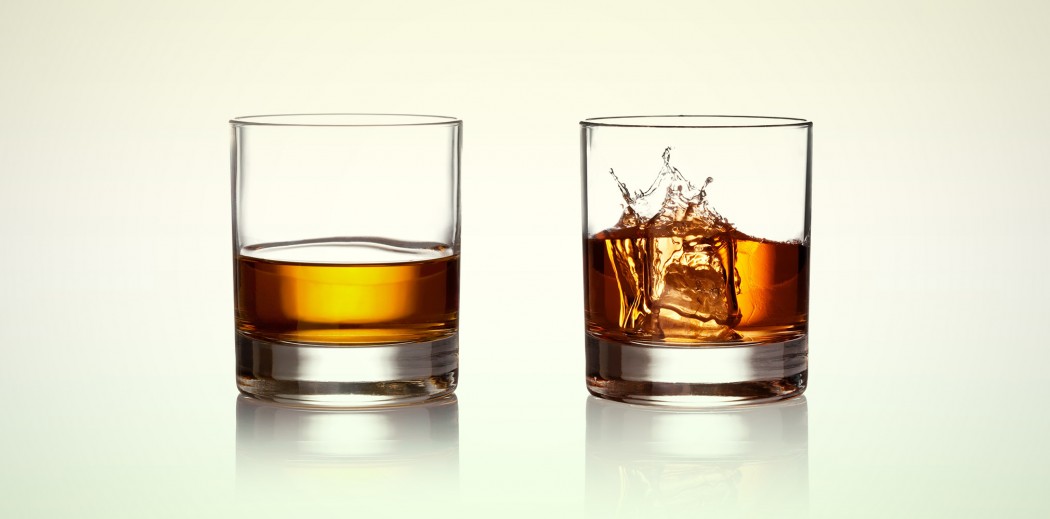

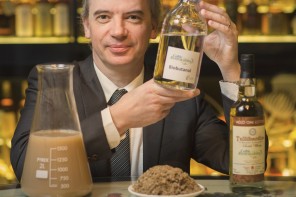
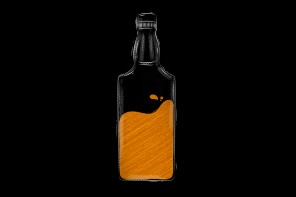
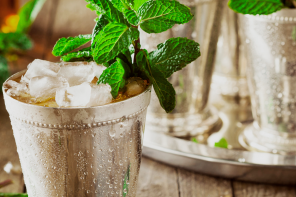
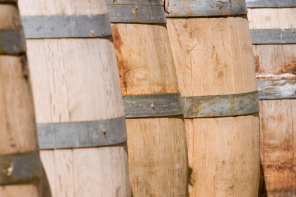
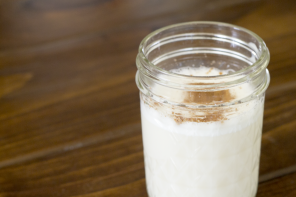
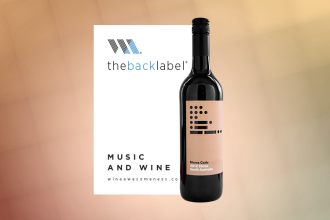
This sentence makes no sense: “To get the best flavor from the bourbon serve it neat, as the cold brings out the aroma and flavor…”
The article has since been edited.
Thanks,
Sophia
Do you not know that Bourbon IS Whiskey? You keep separating them in your article as though Bourbon is a different product…when in fact Bourbon is a type of Whiskey.
You then say Bourbon is “best tasted NEAT, as cold brings out the aroma and flavor”.
You need to decide what you are trying to say….neat usually means nothing in it at room temp. Did you mean refrigerated neat? Or did you mean add some ice to make it cold?
Sorry, but your article is a little sloppy.
Hi Jim,
Thanks for bring those details to my attention. I have since edited the article.
Sophia
Another Bourbon requirement: it must be aged in a new charred white oak barrel, meaning that can be used only once to age Bourbon and then discarded for ageing Bourbon, but ont other spirits. This is why most Scotch and Irish Whisk(e)ys and many great Anejo Tequilas, some Brandys, etc are aged at least some years in used Bourbon barrels.
Sophia, I believe that you are mistaken. Has the law changed or is it still only whiskey made in Kentucky that can be called Bourbon? It’s the reason Jack Daniels calls itself “Tennessee whiskey,” not “Tennessee bourbon.” Also, I had heard that bourbon was usually aged in sherry barrels, not virgin casks. Please double check your references and advise. Whiskey drinkers are a forgiving lot, but do take their tipple seriously.
Hello!
Kentucky is the birthplace of bourbon and happens to produce the most out of any state, but there is no law restricting where it can be produced in the US.
Thanks,
Sophia
Not true…Bourbon is not limited to Kentucky. The only rules for American bourbon is that it’s at least 51% corn and that it’s aged in new charred oak barrels.
I believe that Irish whisky uses barley that is dried via peat which is why is it somewhat sweeter than scotch whisky which uses coal to dry the grain explaining it’s smoky flavor?
Hi Sophia:
Enjoyed your article, but you missed Canada, which makes world renowned Whiskey, including ‘Glen Breton Rare’ a single malt whiskey produced in Nova Scotia, and Crown Royal Northern Harvest, named ”World Whisky of the Year” in ”Jim Murray’s Annual Whisky Bible for 2015.